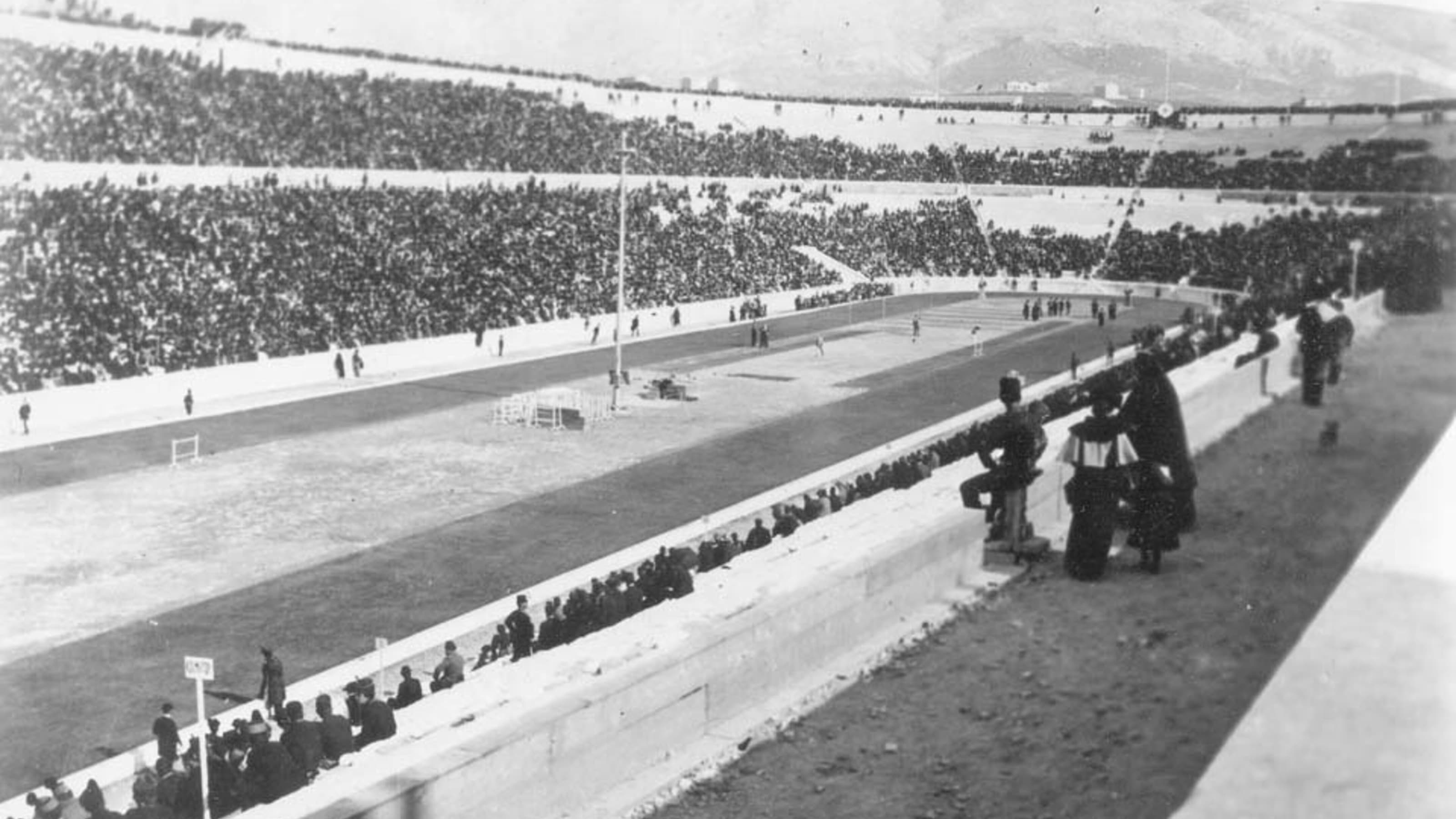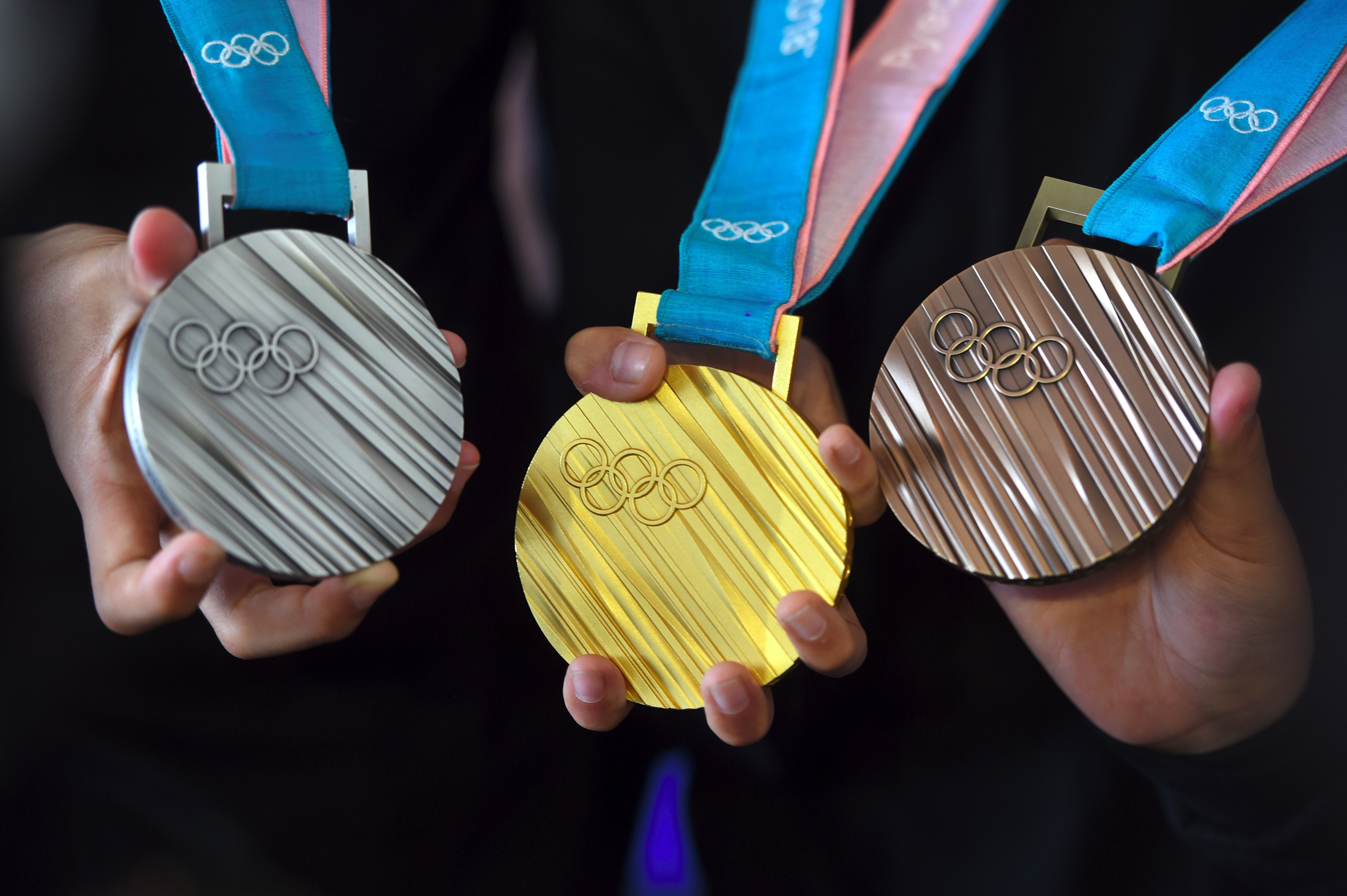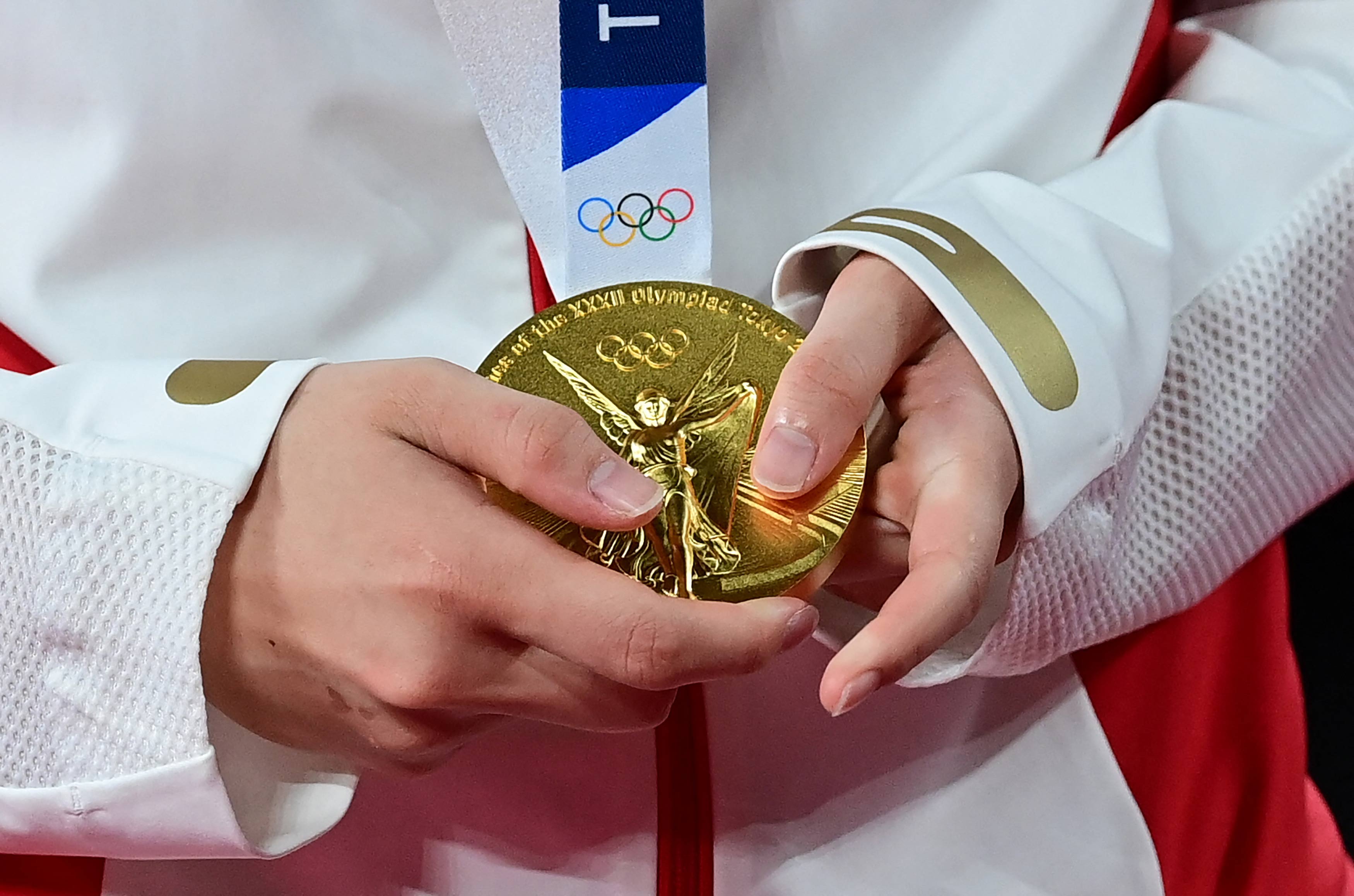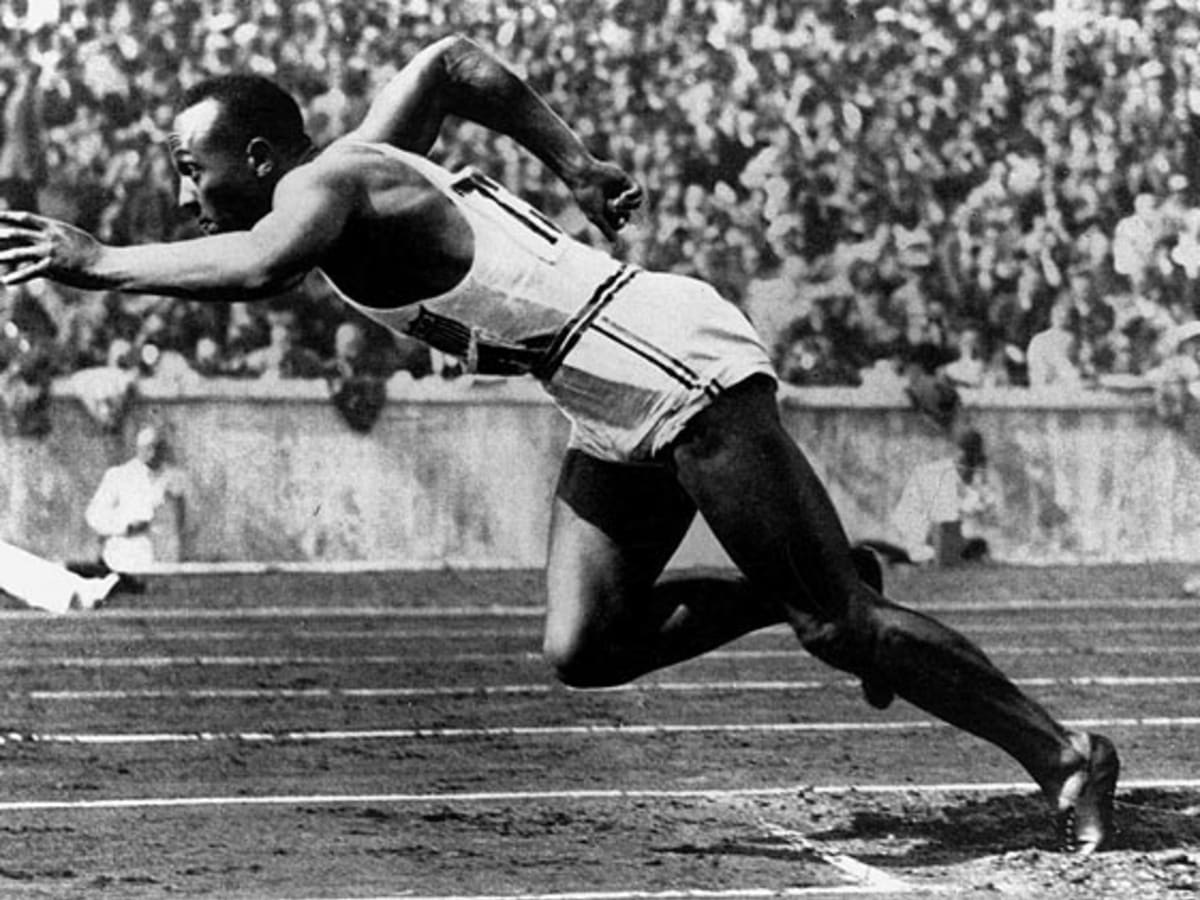For 2 weeks every 4 years, the world is caught up in Olympic fever as the international event is watched by an average of 4 billion people globally as estimated from statistics from 2000 to 2016’s editions of the Games. Famously starting in ancient Greece well over 2,500 years ago, it has been a prominent sporting phenomenon since being renovated. As the Tokyo 2020 (that actually took place in 2021) Olympics and Paralympics draw to their close, we just have time to look at some of the biggest lies, myths and misconceptions behind the mammoth medal competition.
The First Modern Games Took Place in 1896

The first documented Greek Olympics took place in 776 and featured a single event: a 194-metre race won by a naked chef. In the modern era, it is commonly cited that the first Games took place (albeit in a more Victorian fashion) in Athens, Greece in 1896 with the events headed by Pierre de Coubertin.
Yet this was not the first. The town of Much Wenlock in Shropshire – now home to about 3,000 residents – hosted Olympic Games in 1850. Set up by William P. Brooks, the Wenlock Olympic Games was a 9-day event across 8 sites in Shropshire that are still annually held in the county today.
De Coubertin in 1890 stated about the Olympic Games that: “It is due, not to a Greek, but to W.B. Brooks. It is he who inaugurated them 40 years ago. It is he…who continues to organise and inspire them”. A baron in his own right, Pierre managed to get the world to unite to make the Olympic Games the global experience we know today and credits Brooks for reintroducing them 46 years before the believed first event in 1896. In honour of Brooks’s resurrection of the Greek Games, the 2012 London Olympics had a mascot named Wenlock – titled after the city where they truly started.
All Events Are Sporting Ones
The most recent Games saw the introduction of more untraditional sports such as skateboarding, surfboarding and sport climbing. While you may normally picture Olympic events such as the 100-metre race, long jump and pole vaulting, the new sports join other bizarre events from history like plunge-diving, pistol duelling and 3,000-metre steeplechase.
The 1900 Games are the most bizarre with events such as tug of war, poodle clipping (won by a farmer’s wife who trimmed 17 poodles in 2 hours), firefighting, delivery van driving and pigeon shooting. The latter of these holds a record in Olympic history as the 1900 winner, Oscar Swahn, is the oldest gold medal winner of all time – aged 64.
The aforementioned Coubertin won a gold medal for poetry, being the only participant in that field. Yes, there was much more to sport, with the arts being just as legitimate as more physical activities. Town planning, music, sculpture, painting, literature and other less active events were all valid. In fact, the oldest-ever medalist won a silver in 1948 for the engraving and etching event. The Brit, named John Copley, was 73 at the time.
Ultimately, these mostly were wiped out after 1948’s events. This is as it was felt that while painters, musicians and so on would be able to continue doing their arts consistently, the participants in physical events would have to maintain other jobs on the side of their sporting activities.
All Olympians Are Known

This one just seems more common sense and logical than a myth but there is one Olympian medalist we do not know the identity of. It seems hard to fathom but it is true.
In the 1900 Olympics, the Dutch rowing team ditched their overweight cox so switched to using children for coxes like how the French team had done. They selected a young boy from the crowd – already rejected by the French due to his size – and chose him as the steerer and the youth, aged between 7-10, helped win the gold medal.
He would afterwards disappear back into the audience, thus making him an Olympic gold medalist no one knows the name or identity of. He is therefore the only anonymous gold medal winner.
The Gold, Silver, Bronze Medal Table Has Always Been Present

The original Greek Olympics tier system for medal ranking saw the winners earn both an olive wreath and silver medal whilst close runners-up won a laurel wreath and bronze medal. The wreaths were given as a way to honour the king of the gods, Zeus.
By the time of the reviled Olympic Games, technology to access natural resources such as gold had been sufficiently improved. At 1896’s Games, the prizes included silver medals and an olive wreath for 1st place, whilst 2nd got copper medals and 3rd got bronze medals. Next year in 1900’s Paris event saw an oddity in terms of awards as the top contenders were given trophies, cups and valuable art pieces as there was no rule as to the congratulatory gifts as they were chosen by the host nation.
1904’s St Louis Games saw the introduction of the gold, silver and bronze format we know today. This trend continues today, having started only a little over a century ago.
In fact, in 1936’s Berlin Olympics, two Japanese athletes competing in the pole vault (Sueo Õe and Shuhei Nishida) tied second but refused a tie-breaker. Although not official, back in Japan they created ‘The Medals Of Friendship’ as they cut both the bronze and silver medals in half so both men had a medal half-bronze, half-silver.
Gold Medals Are Made Of Gold

If you’ve won and cherished a gold medal, please look away now as not only are they not made of gold – they’re not even made from chocolate!
Not since the 1912 Stockholm Olympics has a single gold medal been made mostly from gold. Due to the outbreak of World War 1, gold was harder to access so ever since it has to be made of at least 92.5% silver. Some of what the medals are made from include recycled bits found in cell phones and similar devices. That said, there are about 6 grams of gold in each one so there is some legitimate gold within the metal used for plating. In addition, they must be at least 3-millimetres thick and 60-millimetres in diameter. 2016’s Rio Olympics had gold free of mercury contamination.
As gold is significantly more than silver and bronze, it is much cheaper than affording true, pure amounts of precious substance. If each gold medal had 18-karat pure gold, the whole collection of medals would total up to £1,500,000 ($2,000,000), having cost about £3,000 ($4,100) each.
The Olympic Torch Relay Is A Greek Tradition

One of the most significant parts of the run-up to and opening ceremony of the Olympics is the Olympic torch relay. However, as someone who has held the Olympic torch myself, it is quite sad to learn it does not date back to a tradition in the Greek Olympics. Nope, we are actually celebrating a Nazi tradition. Great(!).
To add some glamour and glitz to the propaganda-soaked 1936 Nazi Berlin Olympics, a relay of 3,422-metres was commissioned. Starting in Olympia and ending in Berlin, this was of course a huge coup for Nazism as it drew the eyes of the world onto Hitler-led Germany. Goebbels obviously wanted huge propaganda and organised Carl Diem to go about creating this concept.
The torches were specially-developed 27cm wood and metal objects, that had 2 fuses to deal with unstable weather and had the ability to be alight for 10 minutes – which was a long enough time period for each torch bearer’s stretch of the route. The whole thing was filmed as a part of the 1938 controversial classic film Olympia.
The 5 Rings Are A Greek Tradition

Yet another non-traditional part of the ceremony, the 5 Olympic rings (or 4 in the case of the botched 2014 Sochi Winter Olympics display) were actually created in 1913 by – and here’s that name again – Baron de Coubertin. The 5 rings symbolise the 5 continents: Africa, Asia, Europe, Oceania and the Americas.
It would be adopted in the 1920 Antwerp Summer Olympics but became popular at 1936’s Berlin Olympics. More pro-Nazi attempted indoctrination, Carl Diem carved the rings into a milestone. In the 1950s, American authors Lynn and Gray Poole stumbled across the engraving and recorded it in their book ‘History Of The Ancient Games’. Here, Diem’s stone was misinterpreted as an original Greek logo, thus starting this myth.
With a white background and blue, yellow, black, green and red rings – it has become one of the most instantly recognized symbols on the planet. Even if more fascist than Greek folklore.
Hitler Snubbed Jesse Owens

Sticking with those Berlin Games, it is an oft-repeated misconception that Adolf Hitler snubbed Jesse Owens. At the event, the African-American athlete was the most successful participant in the Games walking away with 4 gold medals. As a black Olympian in Nazi Germany, his achievements are believed to have been ignored by Hitler but this is not true.
Firstly, Hitler initially only congratulated German athletes. Then he was told either to acknowledge everyone or no one – so Hitler chose to congratulate none, thus meaning the Fuhrer did not blatantly and purposely ignore Owens but everyone. Yet, Owens himself claims Hitler himself did not ignore him. Owens himself stated that “when I passed the Chancellor he arose, waved his hand at me and I waved back at him. Hitler didn’t snub me.”
Even more dishearteningly, it was US President Franklin D. Roosevelt who snubbed Jesse Owens. FDR didn’t shake Jesse’s hand or even send him a telegram – even after winning 4 gold medals. Furthermore, Owens adds, “When I came back to my native country, after all the [already proved incorrect] stories about Hitler – I couldn’t ride in the front of the bus, I had to go to the back door”. Owens even had to use the goods lift to get into the Waldorff Astoria to get to the reception for returning US athletes as he was prohibited from using the front entrance.
So, it was not Hitler who disregarded Owens but FDR. Yet it was the falsified stories of the Hitler snubbing that would ruin the rest of his life. President at the time of his death Jimmy Carter may sum it up best when he proclaimed, “Perhaps no athlete better symbolized the human struggle against tyranny, poverty and racial bigotry.”
Drugs Always Been Banned

The 1968 Summer Olympics are noteworthy for many things including the Black Power salute, the highest elevation of any Olympic Games and the first time East and West Germany separately competed. Yet there was another rule made that would forever change the Olympic Games.
In 1968 the first person was punished for use of illicit substances with a ban the previous year outlawing performance-enhancing drugs. This dubious honour belongs to Sweden’s Hans-Gunnar Liljenwall who won a bronze medal in the modern pentathlon but was disqualified for ethanol usage.
This was a drastic shift from the old. In 1904, marathoner Tom Hicks even doped during the run, being provided with brandy and strychnine. Many of this era who took drugs still were not disqualified whilst in 1936’s edition Eleanor Holm was disqualified for acute alcoholism.
Obviously, the Olympics are not just a peace symbol but friendly competition and the usage of unnatural aid to win is of course frowned upon. Even recently, the Russian team was banned from the Olympics due to doping although the ROC (Russian Olympic Committee) competed this year.
Amateurs Are Allowed To Compete

It is a believed yet incorrect statement that the original Greek Games only allowed amateurs. Yet in reality, many who had trained competed in the contest.
The most famous example of an amateur Olympian is from 1988’s iteration of the spectacle when Michael “Eddie The Eagle” Edwards took part in the ski jump representing Great Britain. He was selected as he was the only one who volunteered to do so. Eddie The Eagle even got a reference in the closing Games speech.
In 2000, we saw another amateur athlete grow to prominence when Eric “Eric The Eel” Moussambani took part. The swimmer from Equatorial Guinea had never seen an Olympic swimming pool before finishing in 1:52 seconds in an extremely slow time but managed to advance to the heats as his opponents were disqualified for early starts.
Ever since Edwards however, the International Olympic Committee made the “Eddie The Eagle Rule” in which amateurs could no longer compete. Olympian hopefuls now have to compete in international events and/or be within their country’s top 30 or the top 50 competitors. This rule seems very much against what the Games should be about: trying your hardest and having a try even if not so gifted for the sake of your nation.


